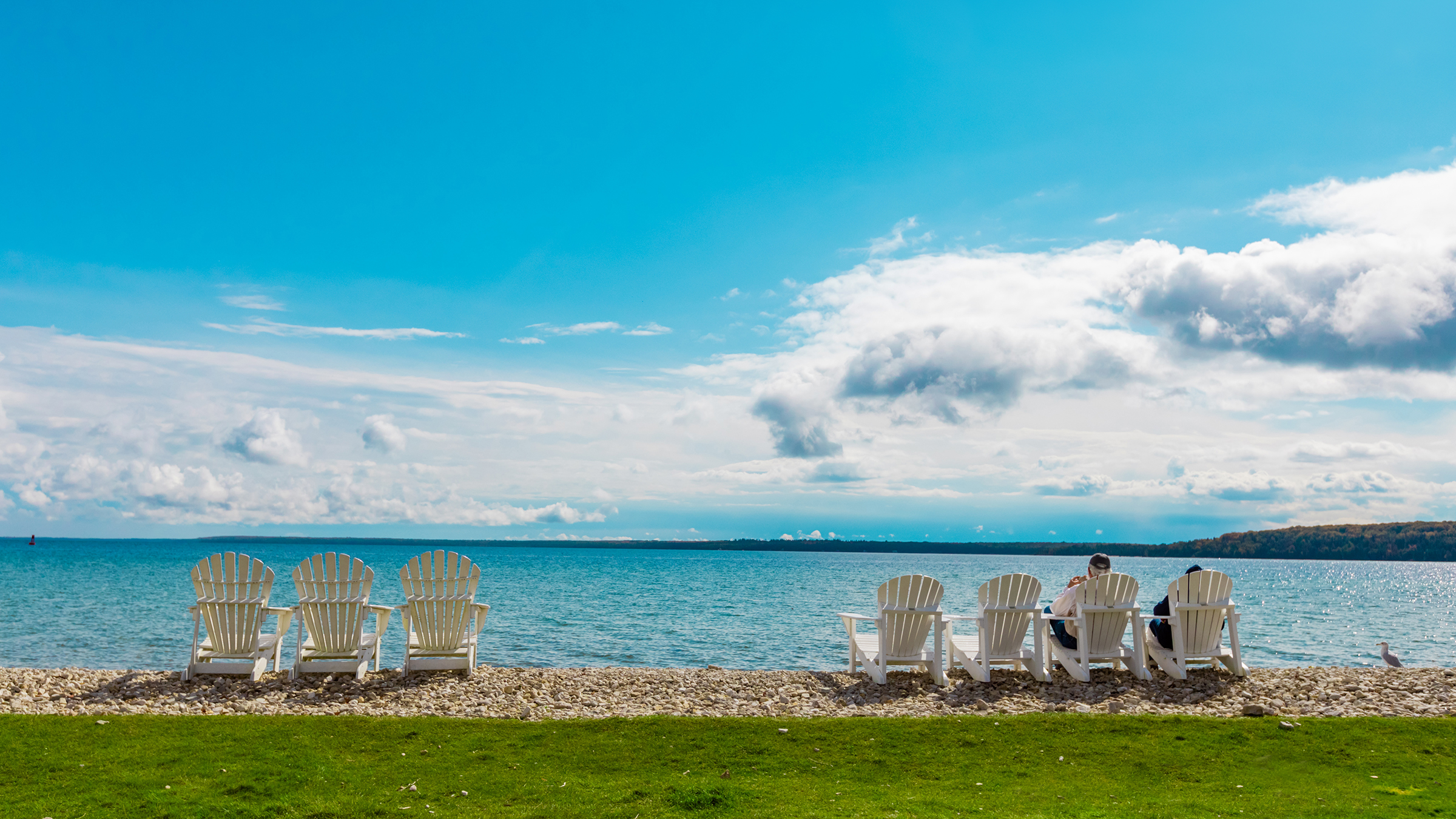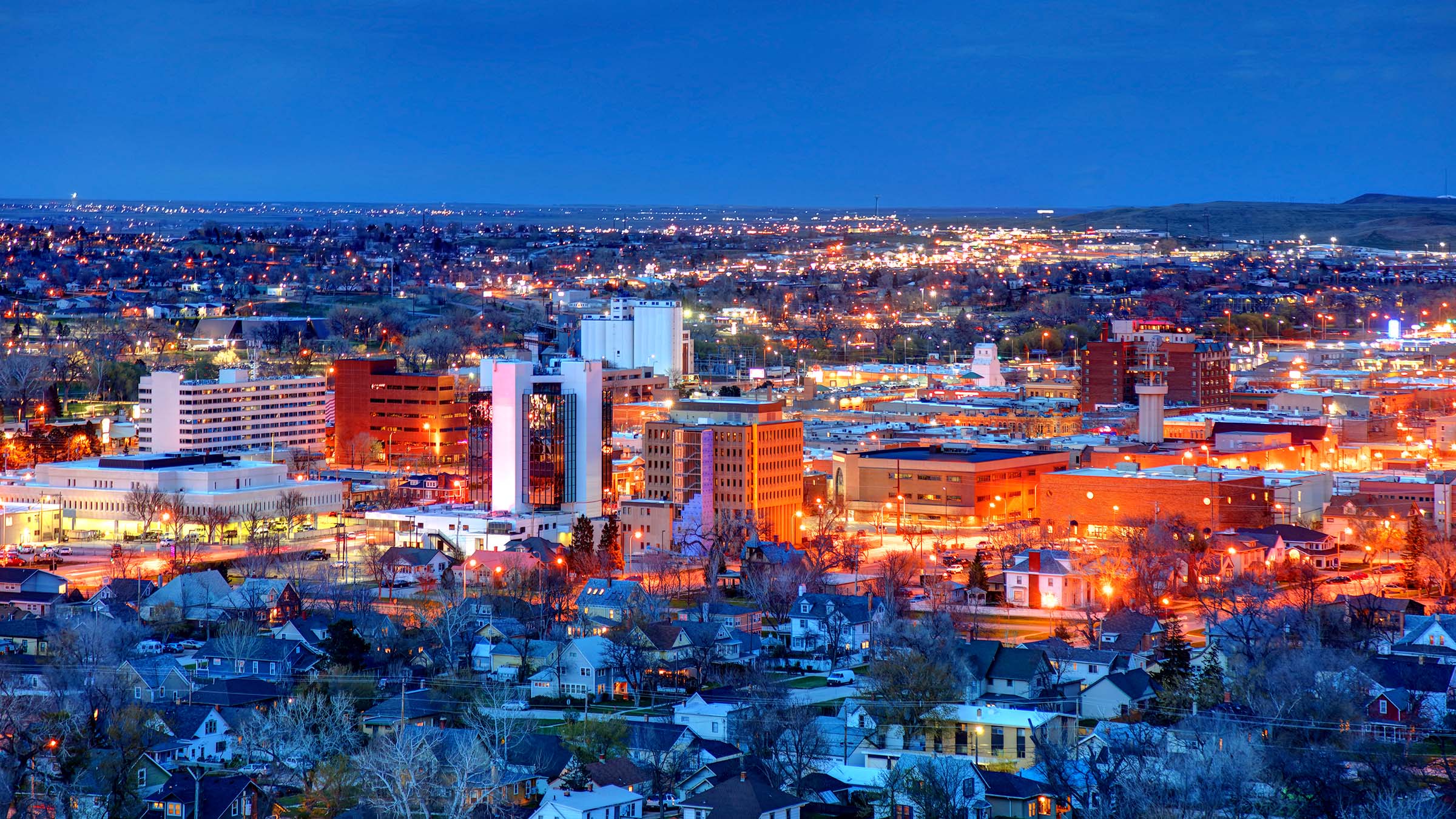Over the peak summer season, Minnesota hospitality businesses reported lower customer traffic and profits than last summer, according to a survey conducted by the Minneapolis Fed and Hospitality Minnesota.
The September survey received 135 responses from across the state. Business owners reported that rising prices and heightened labor costs were their top challenges. These concerns have largely been consistent for firms over the last few years.
Despite battling these challenges, many responding businesses said they were still in good financial health overall. Most reported that they were hiring to fill turnover, and very few were reducing head count. With mixed experiences over the summer, businesses’ overall outlook leaned negative heading into next year.
A sluggish summer season
Just under half of respondents reported that customer traffic had declined this summer relative to last year (see Figure 1). With fewer people going out to eat or booking getaways in the state, most businesses did not see revenue growth in the peak season.
“With prices rising and people losing jobs, the vacation is always the first thing eliminated from the budget,” a northern Minnesota resort owner observed. Profits were the most impacted this summer. Fifty-three percent of businesses reported lower profits over the year, while only 17 percent reported growth.
Some businesses, mainly those in northern Minnesota, were impacted by changes in Canadian tourism. Of the 65 percent that saw a change in Canadian tourist traffic, most experienced a moderate to significant decline. “Our Canadian tourists, that are usually a high revenue for our town, have not been there this year,” wrote a hotelier near Red Lake.
Expectations for the current fall shoulder season showed some modest improvement from this summer: A smaller share of businesses expected declines in revenue and profits. However, only a small share expected growth.
“Our summer season was better than expected, but there are signs of a significant slowdown for the fall,” wrote a hotel owner in central Minnesota.
Costs continue to put pressure on businesses
Price increases were the top challenge for Minnesota’s hospitality businesses this summer (see Figure 2). Many businesses said that the effects of inflation were twofold: Rising operating and input costs were eating into their profits, and subsequent high prices were deterring customers.
“The increased cost of consumer goods is eating up customers disposable income to spend and go out to eat,” wrote the owner of an entertainment venue in the Twin Cities.
Recent tariffs also had an impact on businesses. Nearly 60 percent of respondents reported that they had experienced some negative effect from recently proposed or implemented trade policies.
Some customer demand was being hampered by economic uncertainty. “We have not felt a big direct impact of higher prices due to tariffs; however, we work with many clients who have and that has influenced their purchasing decisions,” noted the owner of a Minneapolis catering company.
Others were facing rising costs for goods. The owner of a North Shore brewery wrote that the only input price increases they experienced were for items with a tariff.
Nearly half of respondents estimated that their wholesale prices had increased 5 percent or more this summer since last summer (see Figure 3). Respondents were still reluctant to pass these cost increases on to their customers, but retail prices had seen an uptick since the May survey.
Increased labor costs were also a significant challenge for businesses. Many were still increasing wages. Some mentioned their wage increases were due to city and state minimum wage increases tied to inflation.
Looking ahead, other respondents voiced concerns related to an upcoming paid leave policy and a minimum wage increase going into effect in 2026. The upcoming labor cost increases from legislation “will have a significant negative impact on already declining narrow profit margins,” wrote a Minneapolis restaurant owner.
Chilly outlook for fall and winter
Although many businesses were worried about labor costs, most were still hiring in some way. As the summer season came to a close, 44 percent of businesses were hiring to replace turnover; however, only 1 in 10 were hiring new staff, and 8 percent were reducing their overall head count.
Labor availability continued to show signs of improvement, but some positions were easier to fill than others. “Hourly service staff have been fairly easy to hire,” explained the owner of a catering company in Minneapolis. “Management level staff has been more difficult, and the salary expectations compared to [skill] are much higher than they used to be.”
Amid the strains from higher costs and some hiring struggles, overall financial health was still more positive than negative for Minnesota businesses. Few saw strong growth, but only 12 percent reported declines.
Sluggish business and continued economic uncertainty translated into a somewhat dour outlook. More respondents were pessimistic about the next six months than those that were optimistic. Nearly 40 percent were neutral.
Continued concerns of high costs put a chill on expectations, even for those that had a good summer. “We are established and fairly stable. The costs don’t seem to stop rising though,” wrote a Minneapolis restaurant owner.
“The economic uncertainty and shrinking disposable income is going to have lasting impact on the hospitality industry,” another restaurant owner in the Twin Cities metro added.
The Minnesota Tourism & Hospitality Survey was conducted from September 3 to 24, 2025. The online survey received 135 complete responses from a convenience sample of hospitality and tourism industry business contacts in Minnesota. Forty-six percent of respondents were from the Minneapolis–St. Paul metro area, and 54 percent were from across Greater Minnesota. The survey was distributed in partnership with Hospitality Minnesota. Results are not representative and should be considered a snapshot of current conditions.
Haley Chinander is an analyst and writer at the Federal Reserve Bank of Minneapolis. In her role, Haley tracks and reports on the Ninth District economy with a focus on labor markets and business conditions. Follow her on Twitter @haleychinander.






